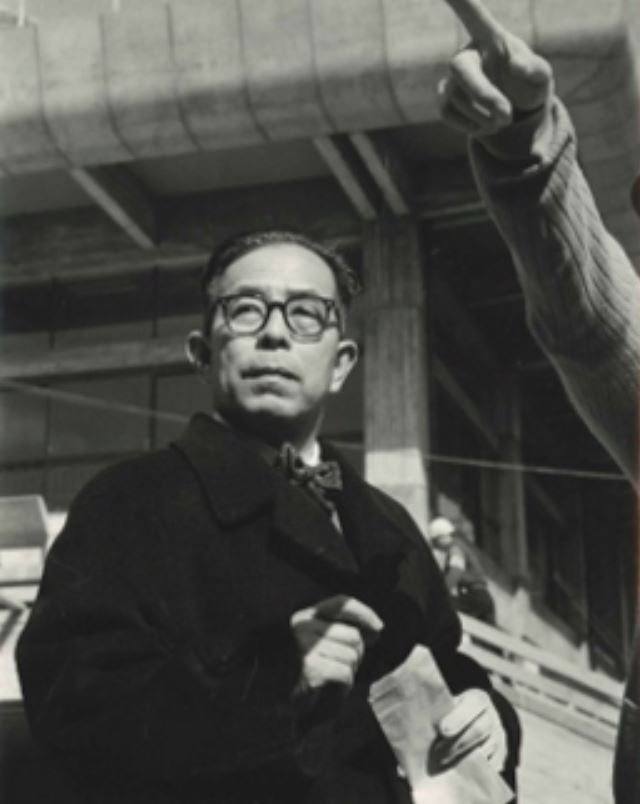New Directions in Japanese Architecture
New Directions in Japanese Architecture (1968) was Robin Boyd’s second book on Japan. Like the first book, Kenzo Tange (1962), it was published by George Braziller in New York and was part of their ‘New Directions’ series that included the United States, USSR, Great Britain, Germany, Italy, Switzerland, and Latin America. By this time, Boyd had become a recognised commentator on contemporary Japanese architecture, contributing articles to the US journal Architectural Forum and positioning Tange as the avatar of a distinctly Japanese modernist idiom, particularly in The Puzzle of Architecture (1965). Boyd had recently been appointed as Exhibits Architect for the Australian Pavilion at Expo 70 in Osaka, exposing him to a broader cross-section of the Japanese architectural scene - particularly the generation of Metabolists that trained under Tange.
Boyd divided New Directions into four parts: three thematic essays and a section titled ‘Among the Architects’, which constituted the majority of the book and featured short biographies of 14 architects. Boyd’s choice of subjects, a selection of whom are profiled at right, included Kiyonori Kikutake, Noriaki (Kisho) Kurokawa, Fumihiko Maki, Kazuo Shinohara, Arata Isozaki and Kenzo Tange. Boyd’s essays mentioned an even wider range of practitioners, including the influential Czech-American architect Antonin Raymond, a pivotal non-Japanese modernist architect who practised there throughout the mid-century. New Directions’ distinctive geometric jacket design was by Osaka-born artist-designer Toshihiro Katayama (1928-2013), who designed all of the book jackets in the New Directions series.











